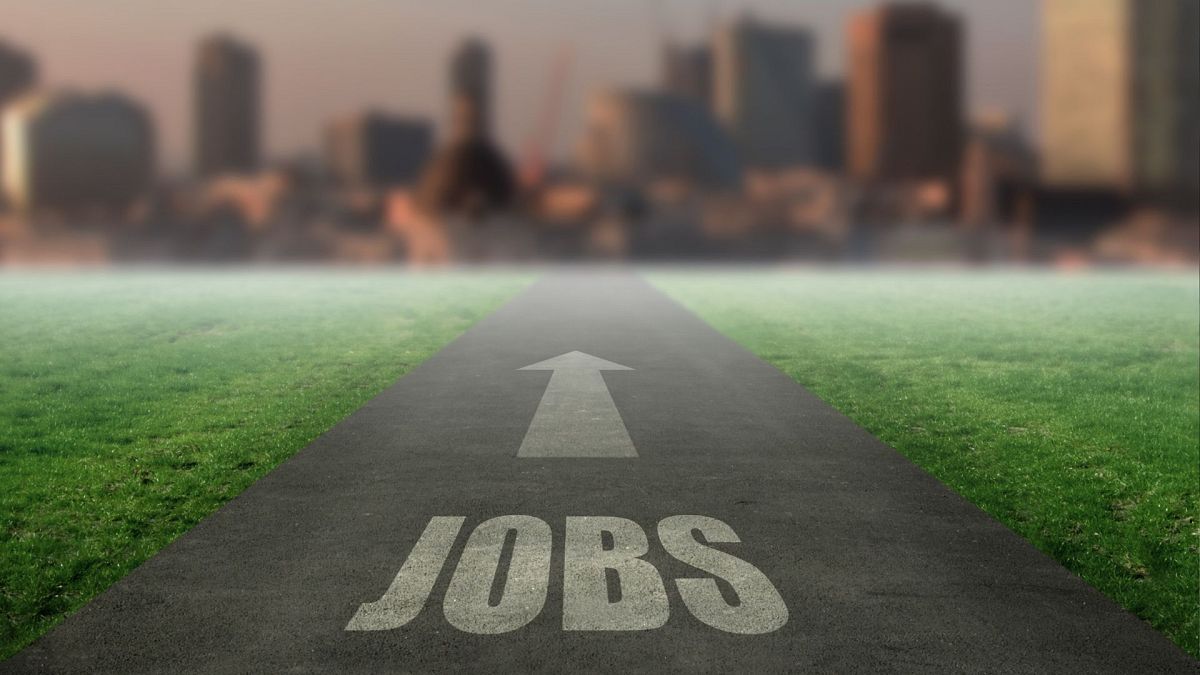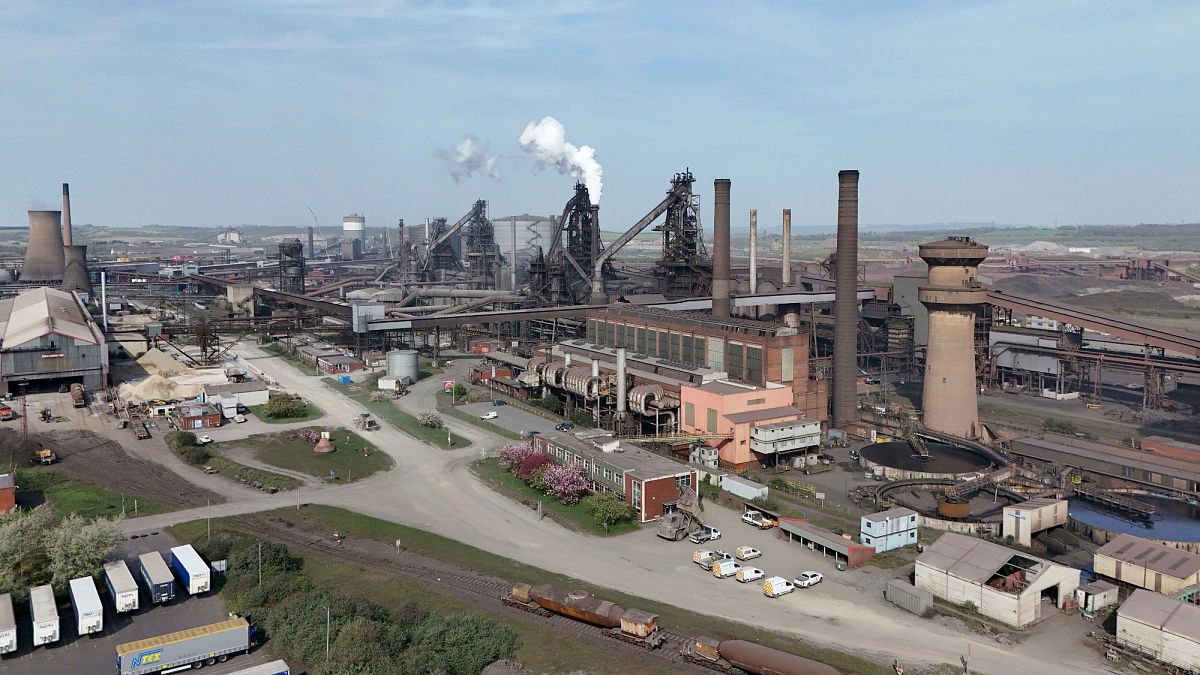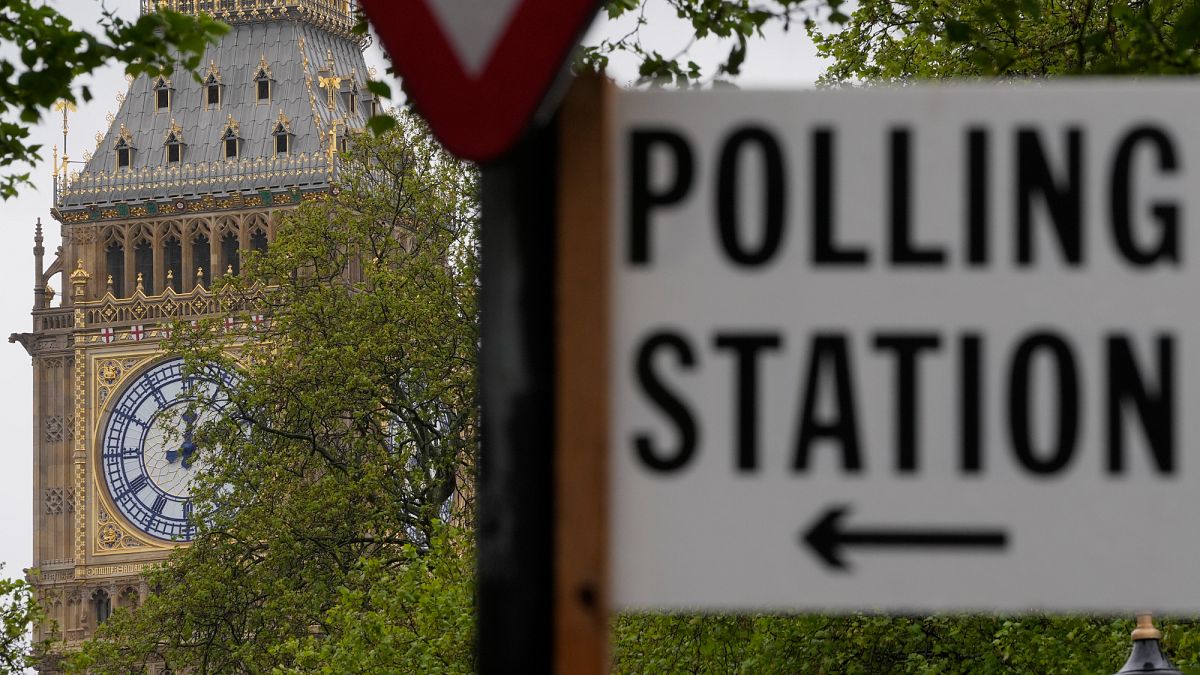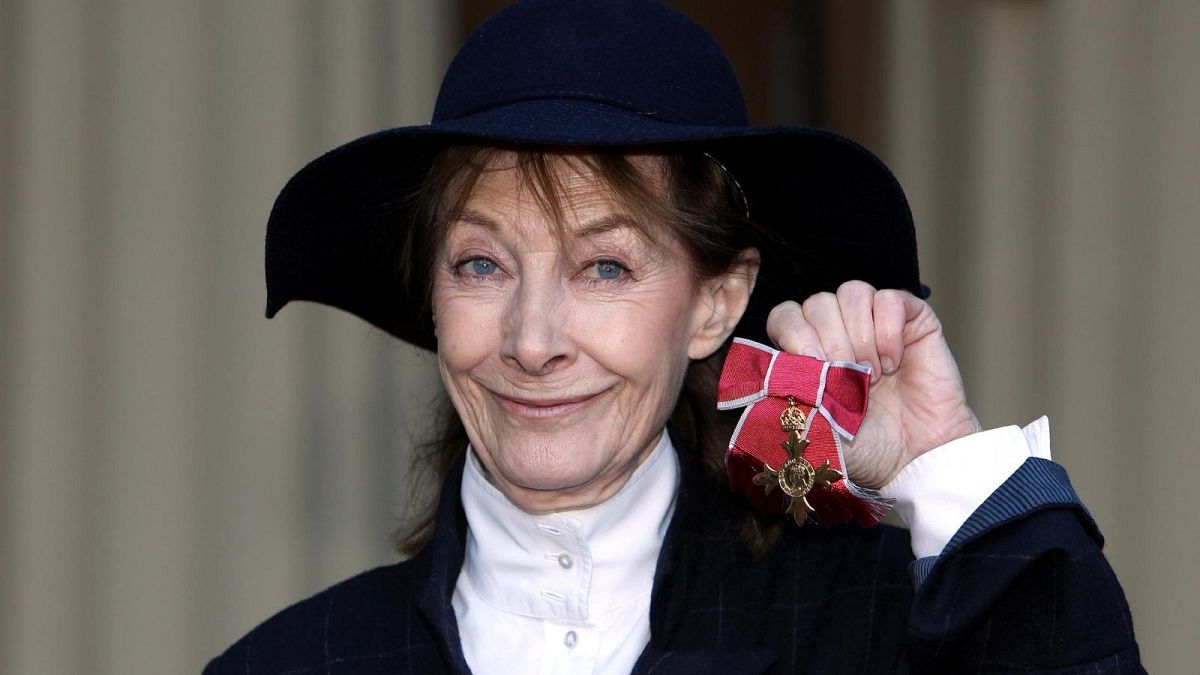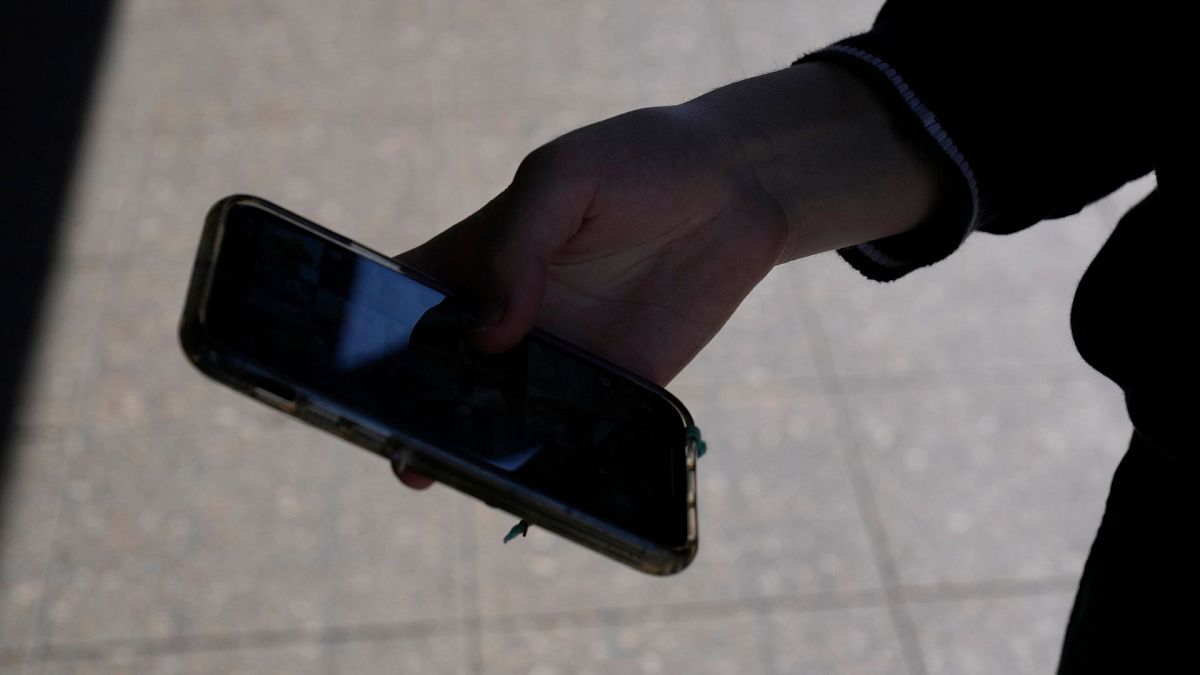UK average house price dips unexpectedly in February as demand slows

Demand for UK houses slowed somewhat last month, especially from first-time buyers, as the stamp duty threshold change – due to come into place from 1 April – looms.
UK house prices increased 2.9% on an annual basis in February, the same as January’s result, which also represents a six-month low.
The total, shared in Halifax’s House Price Index, was below analyst expectations of 3.1%.
House prices dropped -0.1% on a monthly basis in February, a sharp downturn from January’s 0.6% growth, while missing estimates of a 0.3% increase.
The average property price fell from £298,815 (€355,778) in January to £298,602 (€355,525) in February.
On an annual basis, Scotland experienced robust house price growth, at 3.8% in February, up from January’s 2.5%. This was also the fastest year-on-year rise seen in 13 months. Scottish property prices came to approximately £213,014 (€253,621) on average.
Northern Ireland continued to bag the top spot in the UK for annual house price increases in February, recording a total of 5.9%. This was around the same as January’s reading. Properties in Northern Ireland set buyers back by an average of around £205,784 (€245,018.8).
Welsh house prices also rose 2.8% year-on-year in February, with houses costing an average of about £226,811 (€270,023).
In England, Humberside and Yorkshire experienced the highest annual property price increase in February, coming in at 4.1%, with properties priced at an average of £216,130 (€257,307).
House price growth eased on an annual basis in London, coming in at 1.6% in February, down from 2.6% in January. However, the UK capital still remained the most expensive place to buy a house, with properties costing £545,183 (€649,051.3) on average.
Demand slows as stamp duty changes draw closer
Stamp duty is a tax that buyers in the UK must pay if they buy land or property over a certain value, with the threshold currently set at £250,000 (€297,651).
For first-time buyers, this threshold is higher, meaning that purchases up to £425,000 ((€505,6901) are exempt from the tax.
From 1 April 2025, these thresholds are falling to £125,000, and £300,000 for first-time buyers, reversing increases revealed in the September 2022 mini-budget.
These changes could make buying houses more expensive, adding to the cost of living crisis felt in the UK at the moment.
“February’s figures highlight the delicate balance within the UK housing market. While there’s been talk of a last minute rush on new mortgages ahead of the changes to stamp duty, inevitably we’ve seen some of the demand that was brought forward start to fade as the April deadline ticks closer, given the time needed to complete a purchase,” said Amanda Bryden, head of mortgages at Halifax.
“That may help to explain why growth in first-time buyer property prices eased in February, falling to +2.4%, in contrast to homemover price inflation which accelerated, reaching +3.7%,” she continued.
Bryden also pointed out: “While house price growth has slowed overall, market activity remains strong and comparable to pre-pandemic levels, demonstrating a resilience amongst buyers that’s been evident in the face of higher borrowing costs.”
However, February’s report may bring some measure of comfort to housebuilders in the UK.
“Housebuilders seem to be breathing a sigh of relief after the latest UK house price figures. The market has stalled but not slumped as the stamp duty holiday approaches its end,” said Russ Mould, investment director at AJ Bell.
“While the latest Halifax figures were below expectations, they were hardly a disaster. While the tailwind as people rushed to beat the deadline has now played out, the country’s supply and demand dynamics can continue to support property prices.”
Source: Euro News


